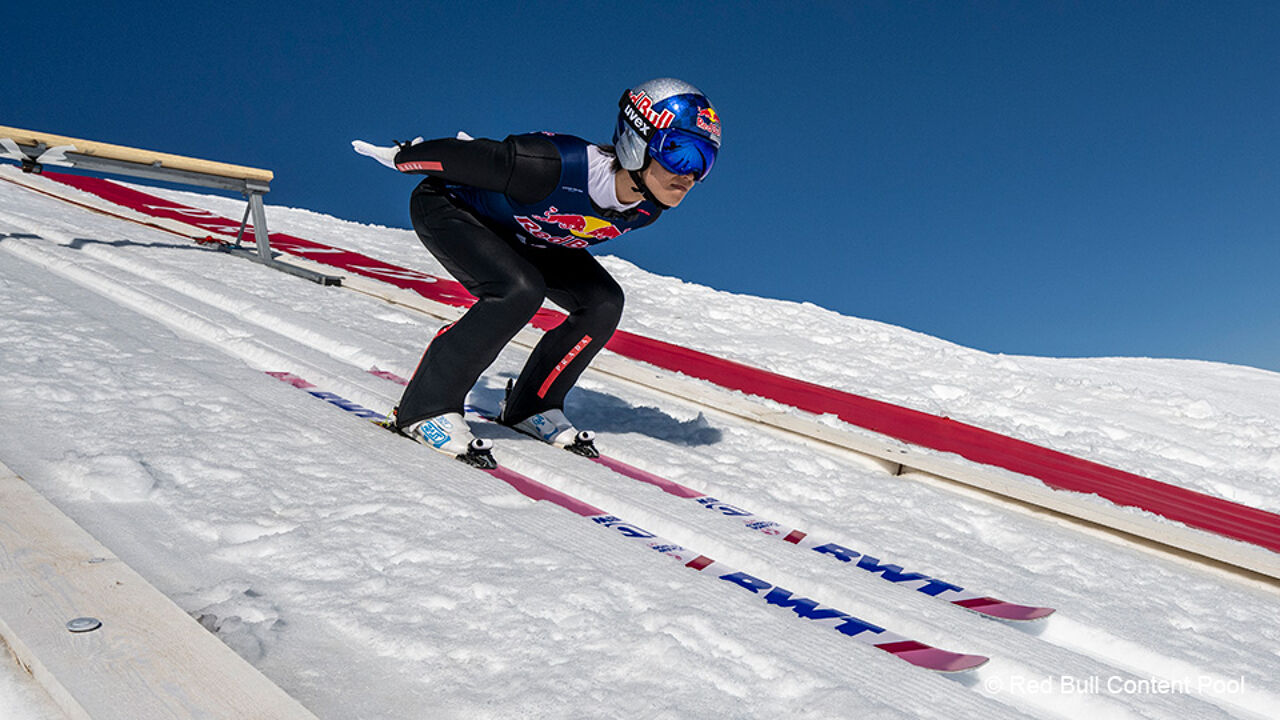A smooth, polished wall gives your home a fresh, even look, provided you let it dry thoroughly before you finish it off with paint. And it is precisely this drying that requires a great deal of patience. After all, plaster is made up largely of water, so it dries at a rate of only 1mm per day. Not surprisingly, it’s hard to find a way to dry up all that moisture in an efficient (and efficient) way. We explain what you can do to enhance the drying process and what you should not do.
Temperature
The ideal temperature for drying grout is approx 20 degrees Celsius. Ideally, it is pasted over in the appropriate season, so that the ambient temperature is already close to 20 degrees. But logically this cannot always be taken into account. Was the wall pasted during the cold and damp period? Then it can help to raise the temperature little by little, to maintain the temperature slowly to construct. Do not set the heating or electric heater to a high temperature immediately, but do it step by step and increase the temperature by one degree every day. If you turn on the heating right away, you run the risk of cracks in the plaster.
NB: Don’t let it get warmer than 22 degrees in the room. Then the plaster dries very quickly, which can lead to cracks.
Breathing
It is also important to always ventilate the room well, even in winter, so that moisture can be removed. When a room is too humid and the moisture cannot escape, there is stagnant air and mold stains can appear on the wall.
You can simply ventilate by constantly opening one or more windows. Opening all windows and doors is not necessary and even not recommended, otherwise there may be a lot of drafts, which do not help the drying process.
Newly built homes are often damp
Also, take care if you want to do stucco work in a new home. Since these homes have been ‘outside’ for so long with no insulation during construction, with all the rain and damp conditions that entail, you have to deal with higher indoor humidity on average. This can cause the grout to crack or dry unevenly.
moisture
So pay close attention not only to the temperature, but also to the humidity in your home. You want to make this as low as possible. To get a sense of this, it is useful to measure the humidity from time to time. Stucco dries optimally with a humidity of between 40 and 60 percent, of which 40 percent is really ideal. Also keep in mind that the humidity outside affects the humidity inside.
Is your house very damp? Then an electric dehumidifier can help, but do it no immediately after the fracture. It is best to let the grout dry “on its own” for the first few days to prevent it from setting too quickly.
Type and thickness of plaster
In addition to all these factors, there are two other things that affect the drying process. With each type of grout, the composition of the water is slightly different. Logically, this also affects the drying time. In addition, the thickness of the plaster layer also affects the speed of its drying. As mentioned earlier, you can assume a drying speed of about 1 mm per day.
faster and less speed
Unfortunately, it is not possible to say how long you should wait before the grout is sufficiently dry. It really depends on all of the factors mentioned. But the process can certainly be accelerated by creating optimal conditions. But remember that patience is a virtue in this case as well. After all, if it goes too quickly, you risk drying it incorrectly. Waste of your time, money and your wall!
Image credits:

“Total coffee specialist. Hardcore reader. Incurable music scholar. Web guru. Freelance troublemaker. Problem solver. Travel trailblazer.”







More Stories
Astronomers have discovered a new molecule in space. And it's very special
Will it soon be possible to freeze humans and then thaw them again?
Do you also find it difficult to eat more fruits and vegetables? A little scrolling through social media can help